The quick rise and fall of FC Dnipro Dnipropetrovsk has been perhaps one of the most stunning stories of Ukrainian football in the last few years. In May 2015 Dnipro reached the final of the Europa League, where they were beaten 3-1 by FC Sevilla.
At the time, however, Dnipro’s greater aim was “to make Ukraine smile”, and despite not winning the match, many Ukrainians believed that the club could be on the doorstep of a new era.
Now less than 12 months later those hopes have been shattered as Dnipro has been banned by UEFA from participating in UEFA club competitions for three years due to overdue wages. Dnipro had until January 31 2016 to meet financial obligations for the ban to be lifted, but as reported on February 9, club owner Ihor Kolomoyskyi refused to make the payment.
After years of making big financial contributions to his club Kolomyskyi now appears to have lost interest in his plaything, as he has significantly reduced his financial contribution to the club. As a result Dnipro could be on the verge of bankruptcy, and due to the dire financial situation, the club was also forced to sell several star players in the winter—goalkeeper Denys Boyko, the striker Yevhen Seleznyov, and the midfielder Danilo all left the club.
Given the club’s current status, the recent publication by Football Leaks concerning the transfer of the Brazilian Giuliano from Dnipro to Grêmio Porto Alegre appear to be small news.
Guiliano left Dnipro in the summer of 2014 in a transfer deal that was worth €5 million—Dnipro received the sum in three instalments €4 million on June 27 2015, €500,000 on January 1 2015, and €500,000 on July 1 2015. Dnipro had bought the Brazilian in the summer of 2011 for €11 million from Grêmio’s city rival Internacional.
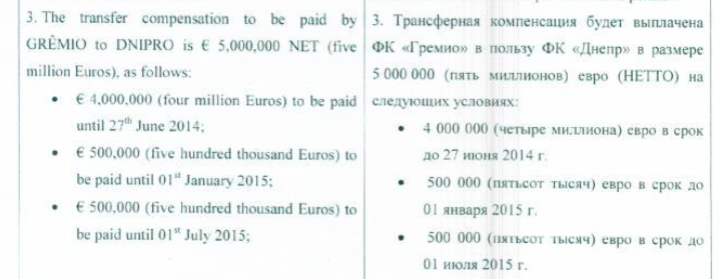
Details from Giuliano’s contract
Guiliano’s time at Dnipro also marked a high point for the club, which for some time appeared to challenge Ukraine’s duopoly of Shakhtar Donetsk and Dynamo Kyiv. Ihor Kolomoyskyi invested large sums into the club, and was even able to fight off proposals from several European clubs for the services of star midfielder Yevhen Konoplyanka.
But then came the political crisis in Ukraine, and the conflict in the Donbass, meant that many players, among them Giuliano, no longer felt safe in Ukraine. Guiliano frequently requested a move away from Dnipropetrovsk. In the end Dnipro was forced to sell the player below market value for €5 million to Grêmio—Guiliano’s market value at the time was €8 million.
In the end the €5 million transfer meant a €6 million loss for Dnipro, who hoped that Giuliano could develop into the sort of player that could be sold with a profit to the west. Furthermore, the transfer came at a time when Dnipro was already facing financial uncertainty, as Kolomoyskyi had already started to withdraw from the day-to-day operations of the club.
Dnipro’s run to the Europa League final, however, meant that many of the financial problems that plagued the club were overlooked by the media. Now, less than a year later, Dnipro face the biggest financial crisis in club history, and in retrospect it will be deals like the Giuliano transfer to Grêmio that will make fans wonder about some of the financial decisions made by the club executives.
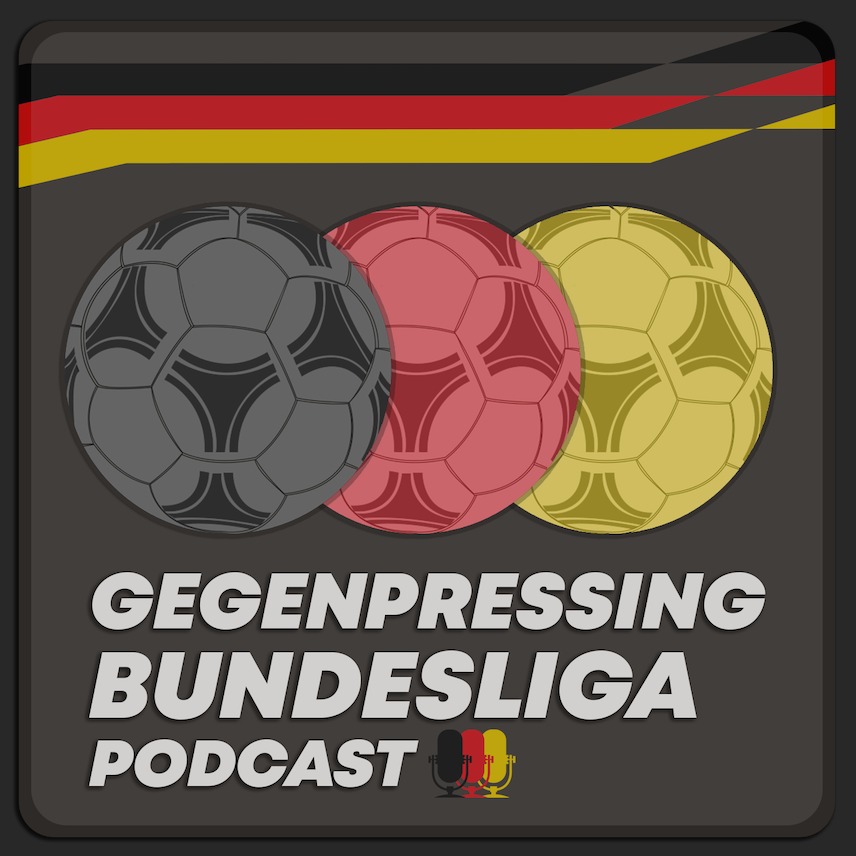

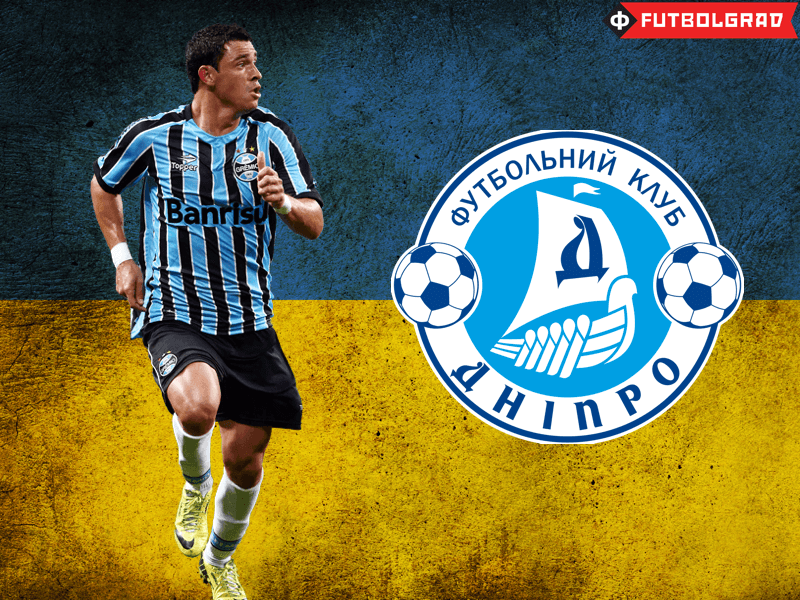
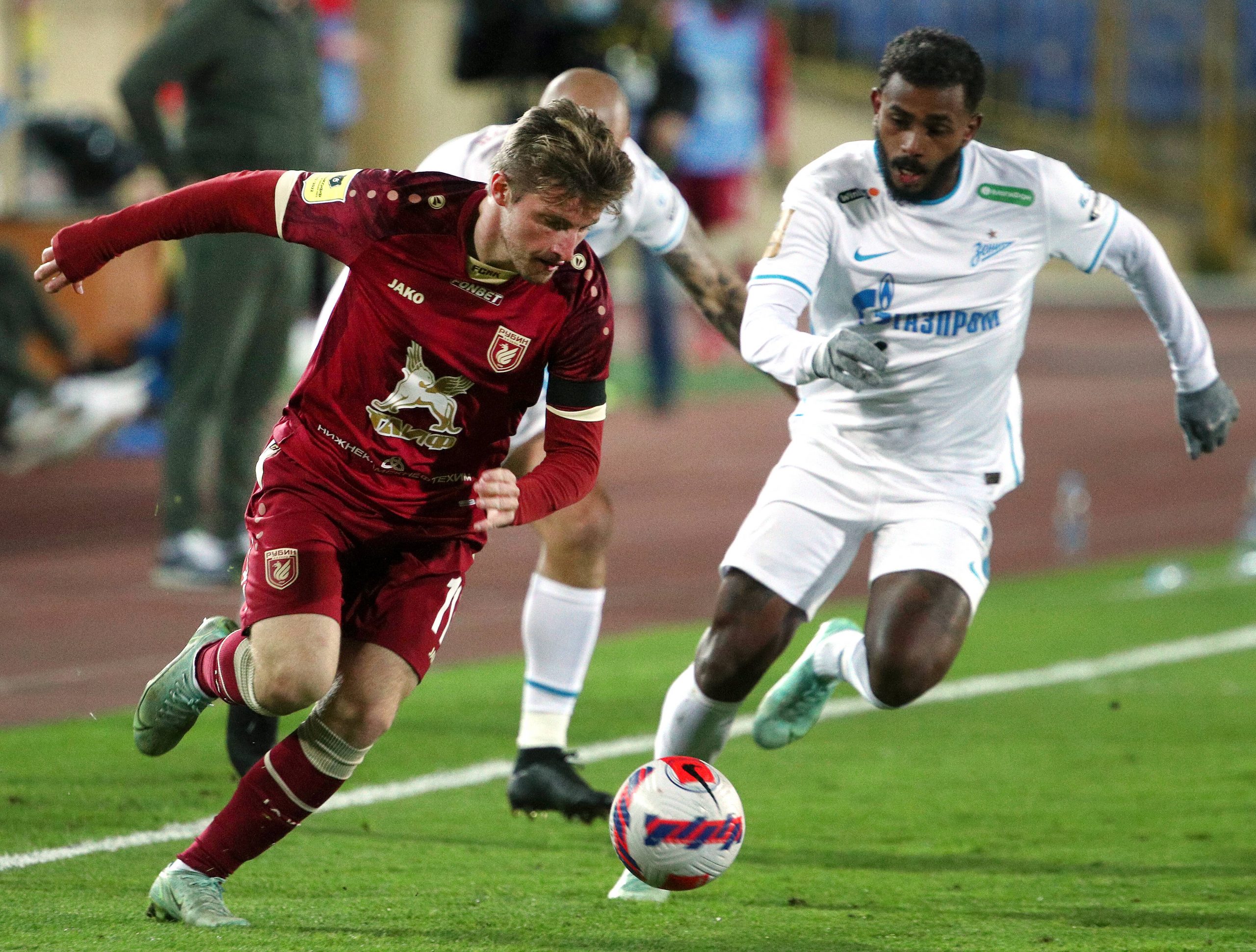
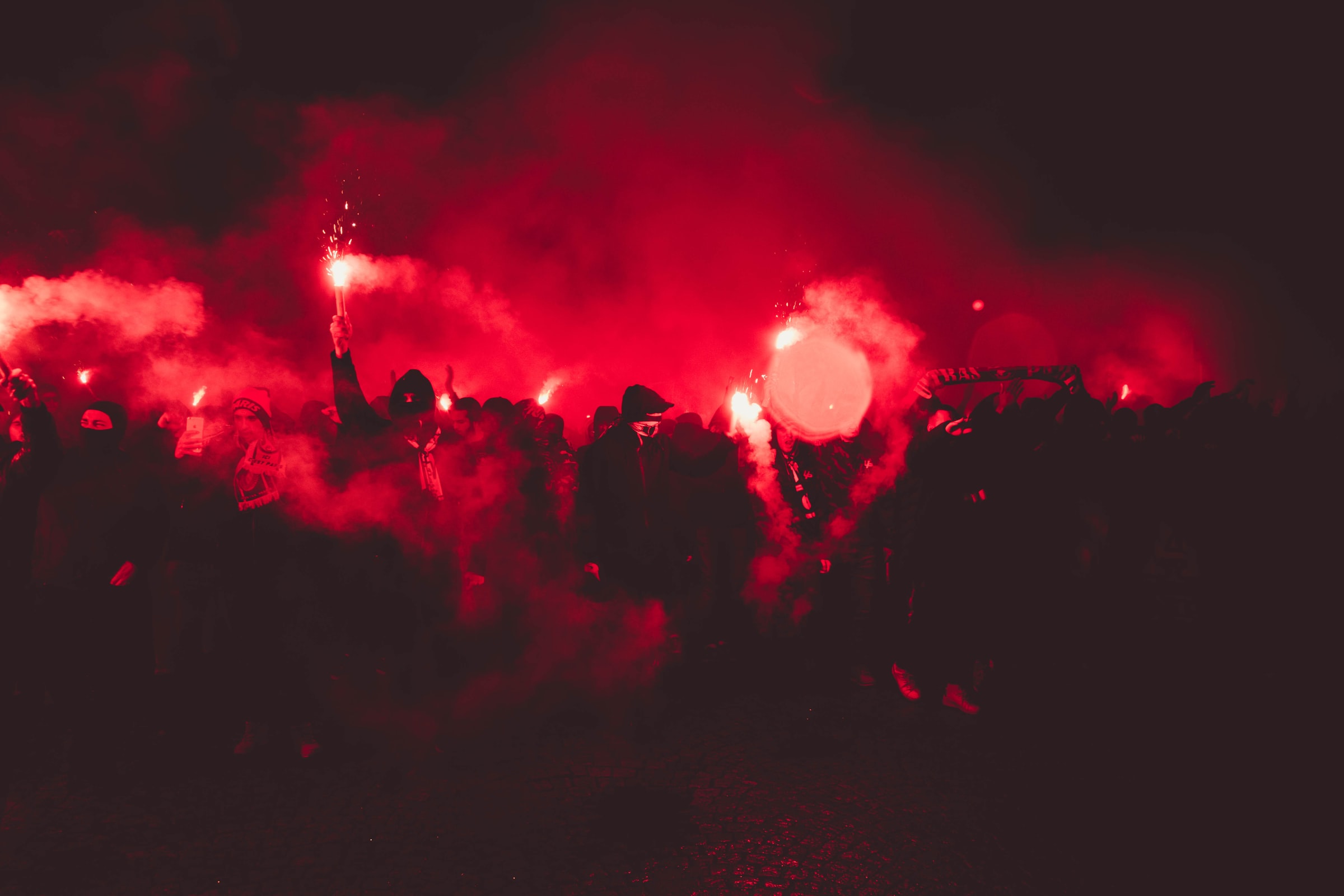
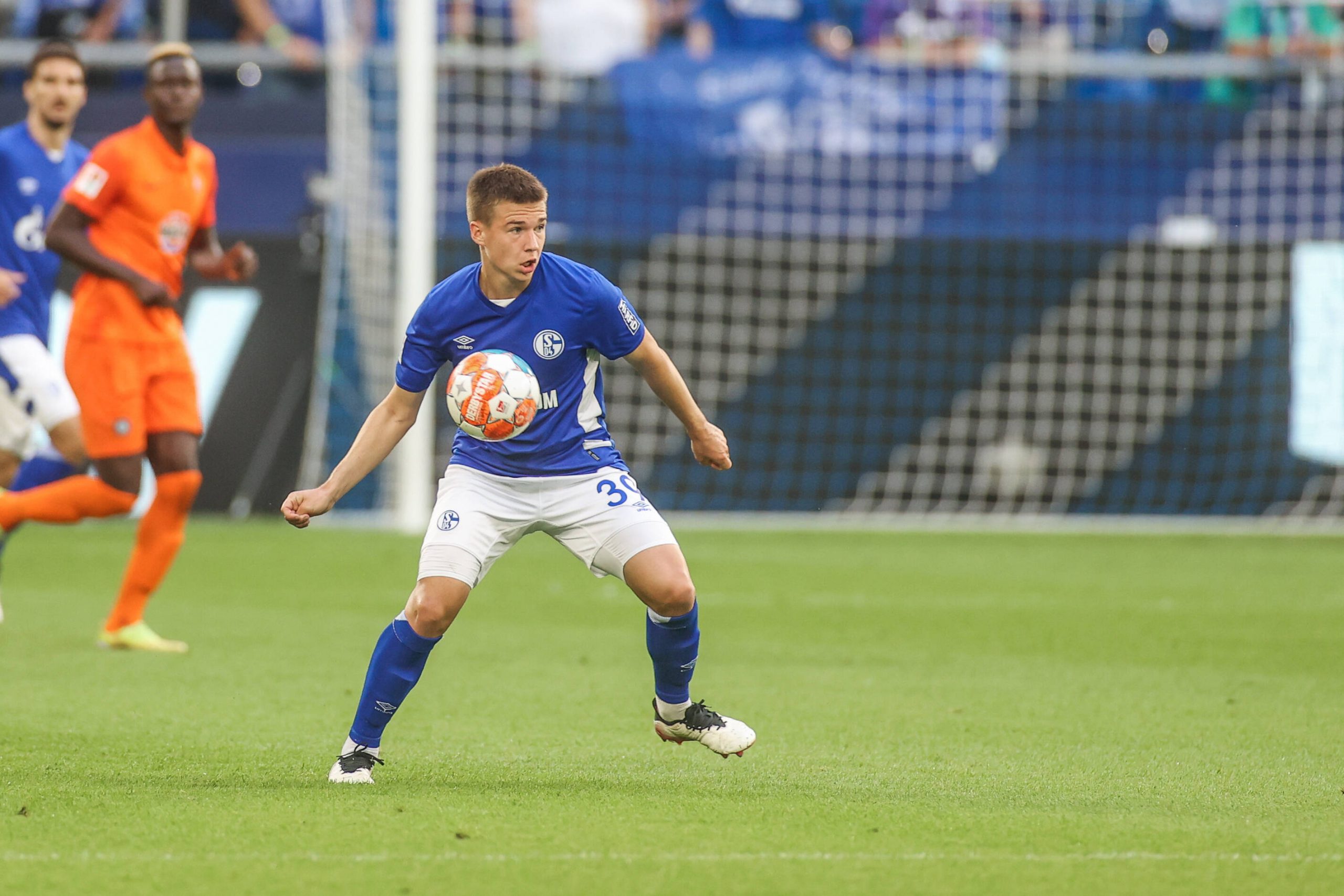
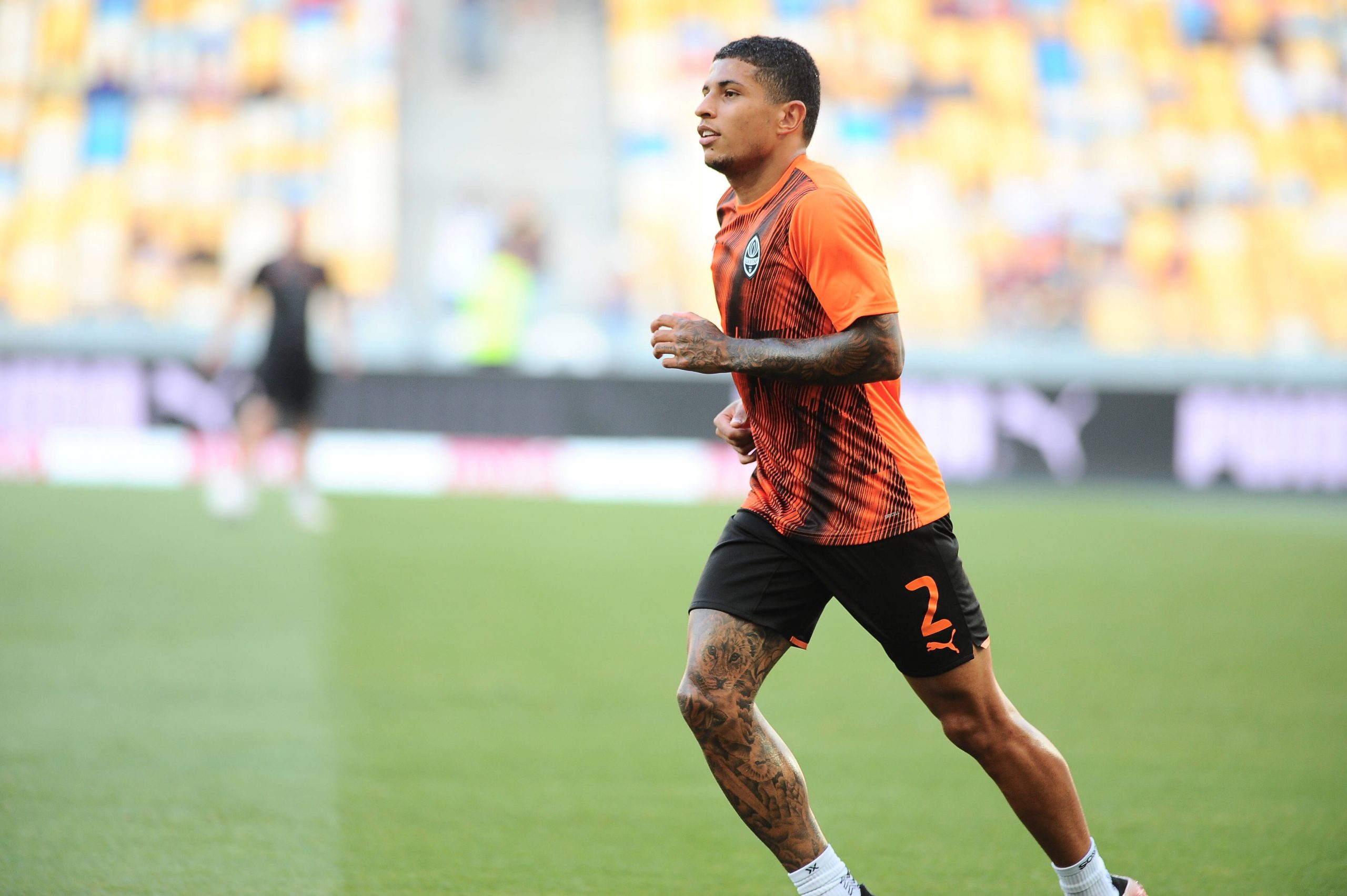
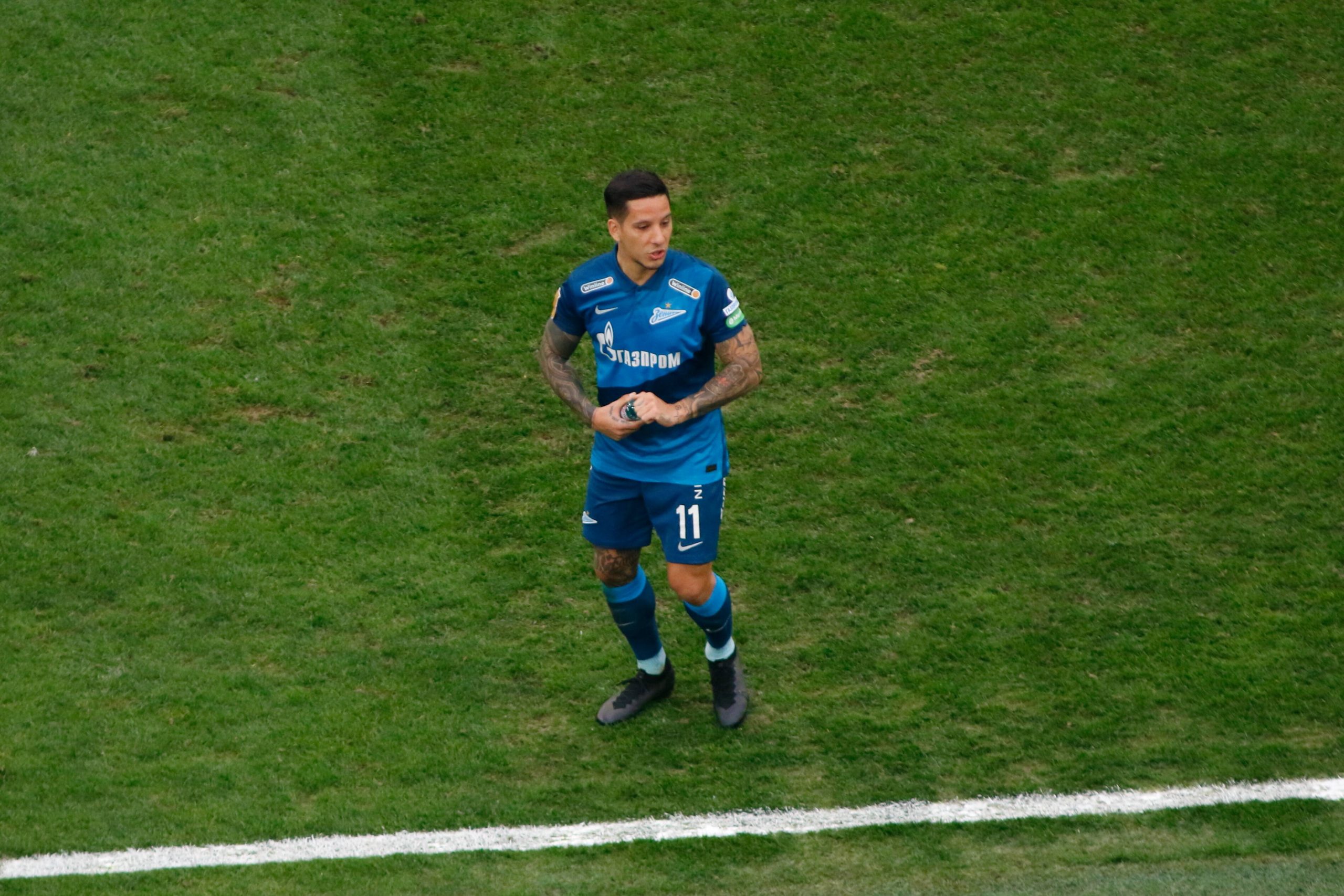
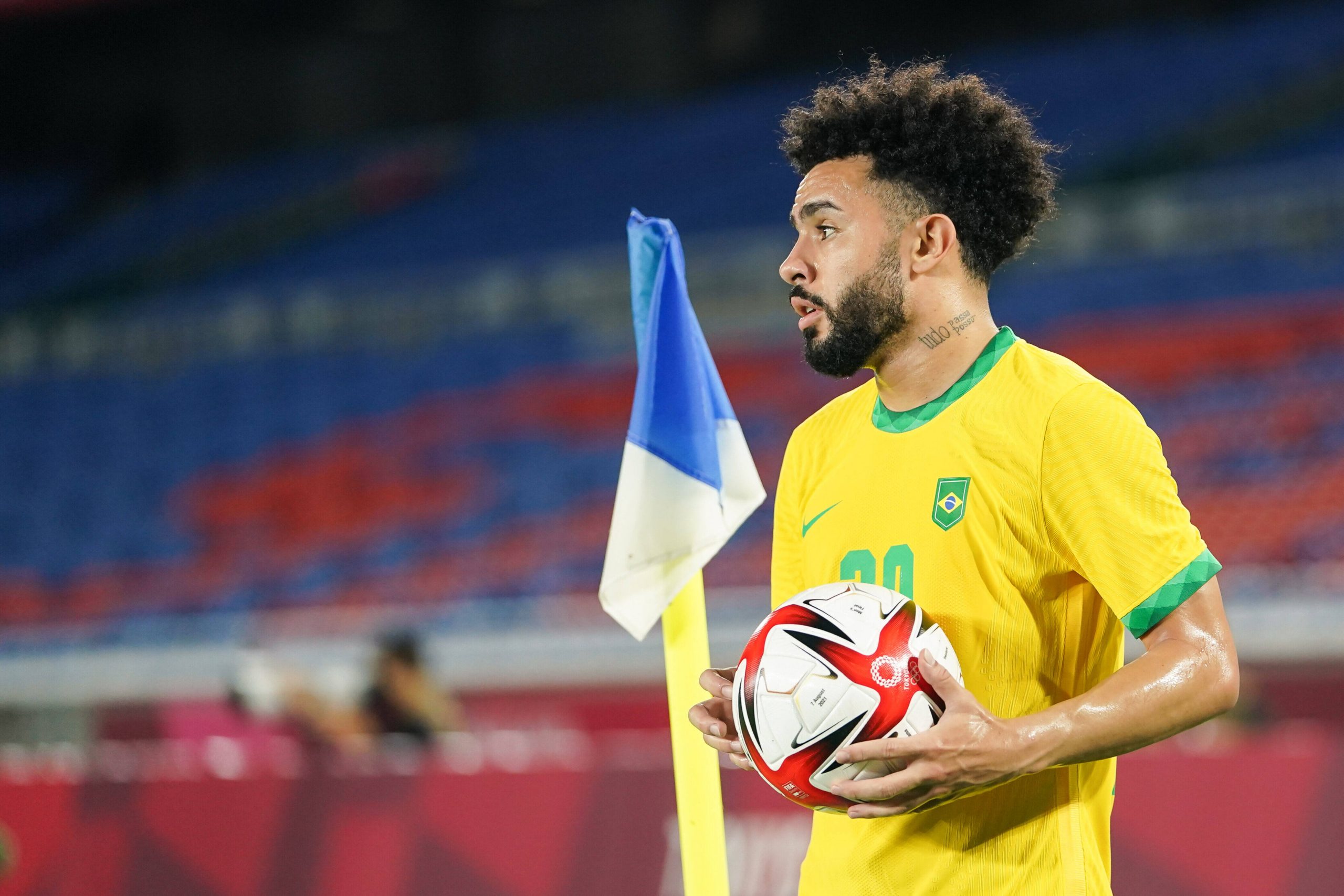


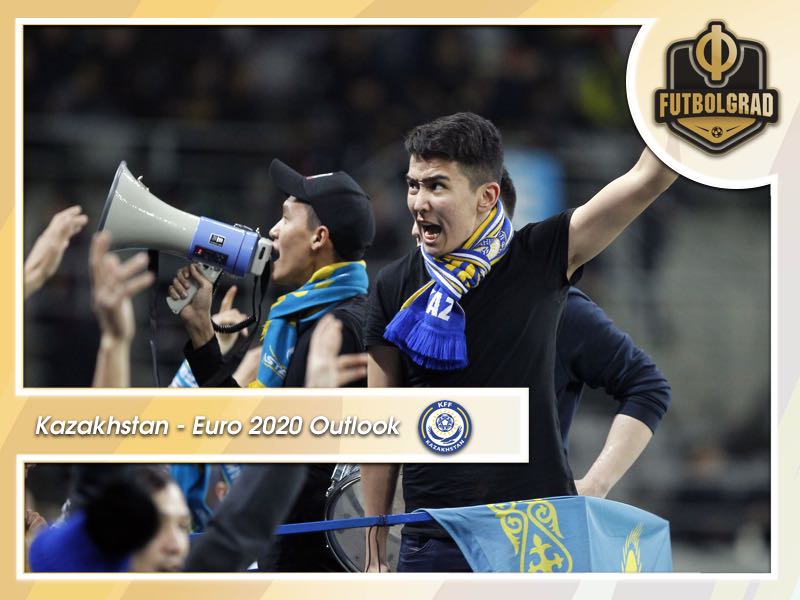
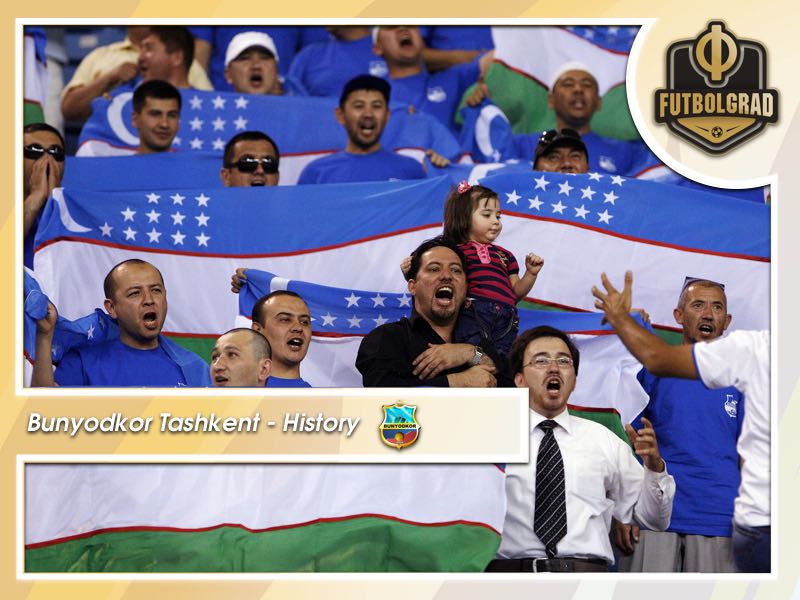
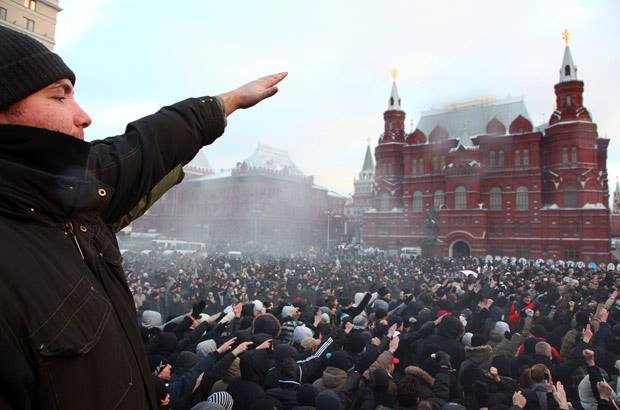
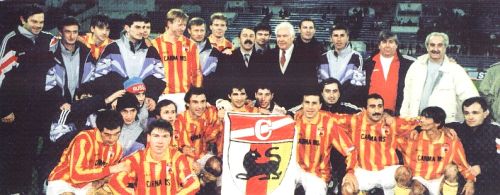
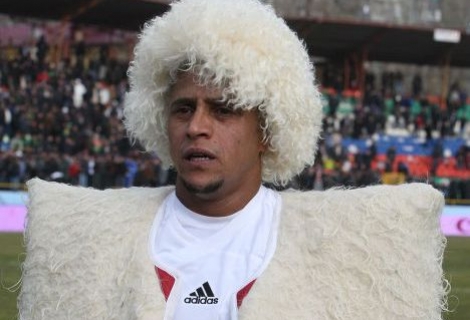
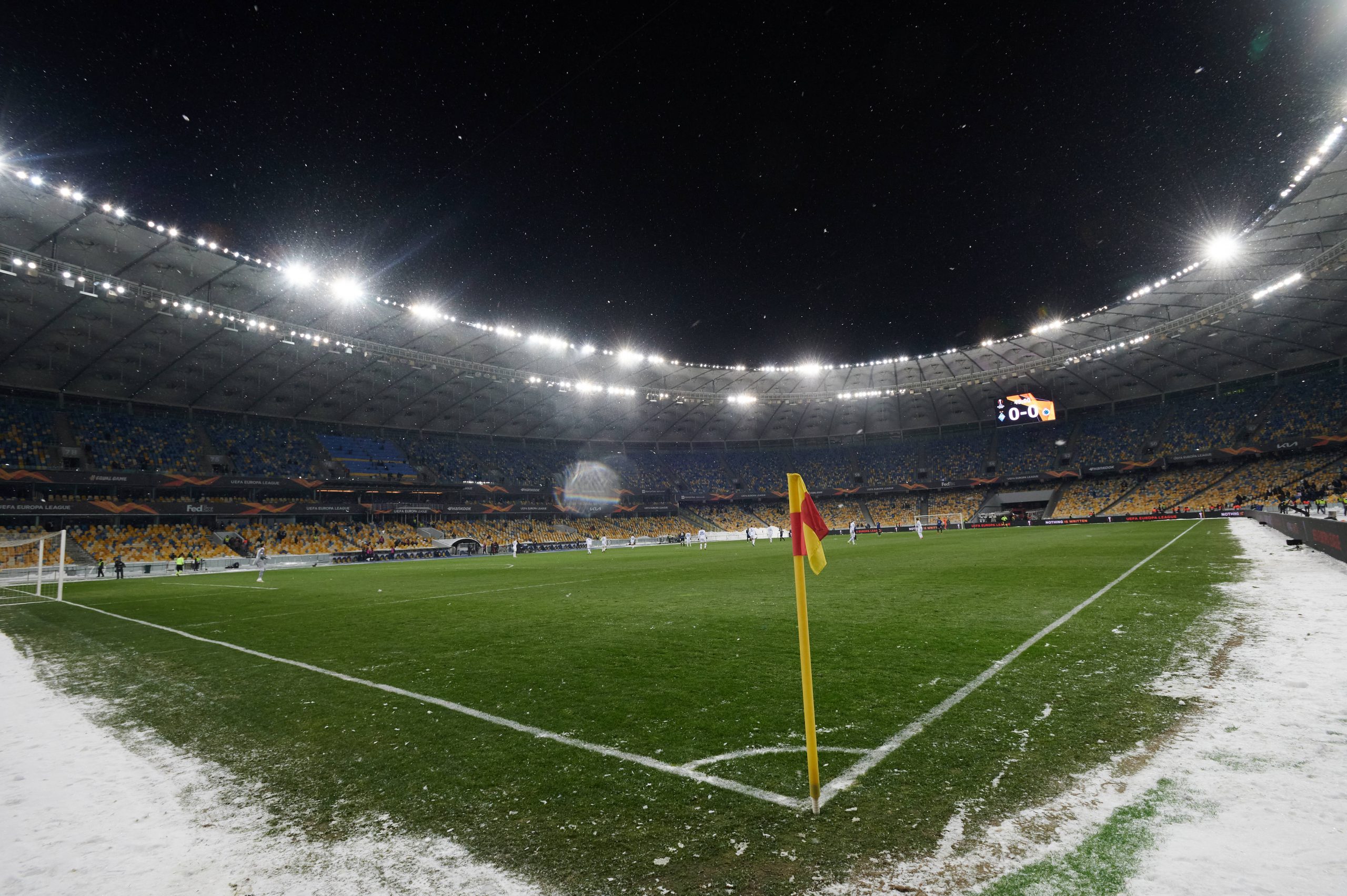
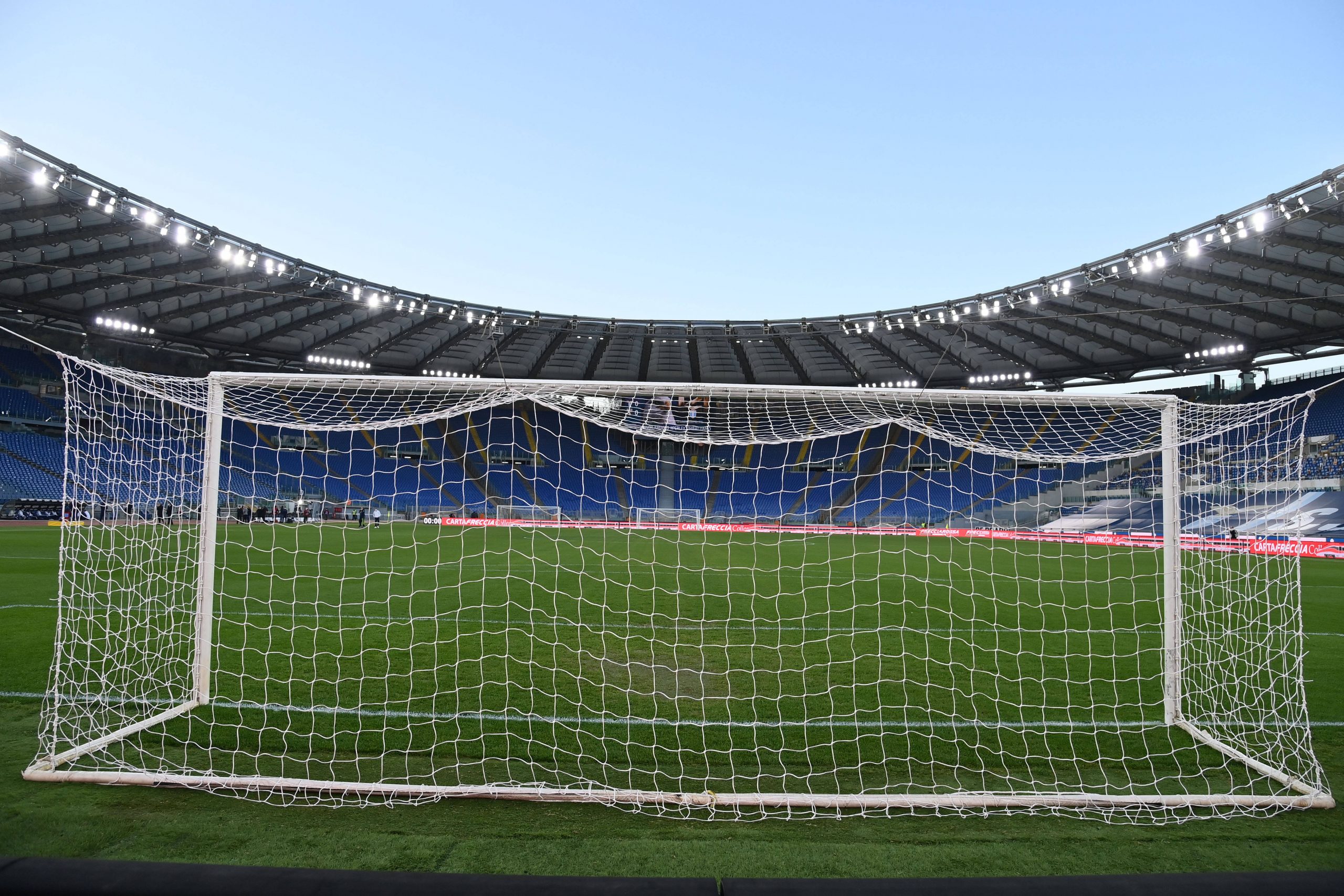
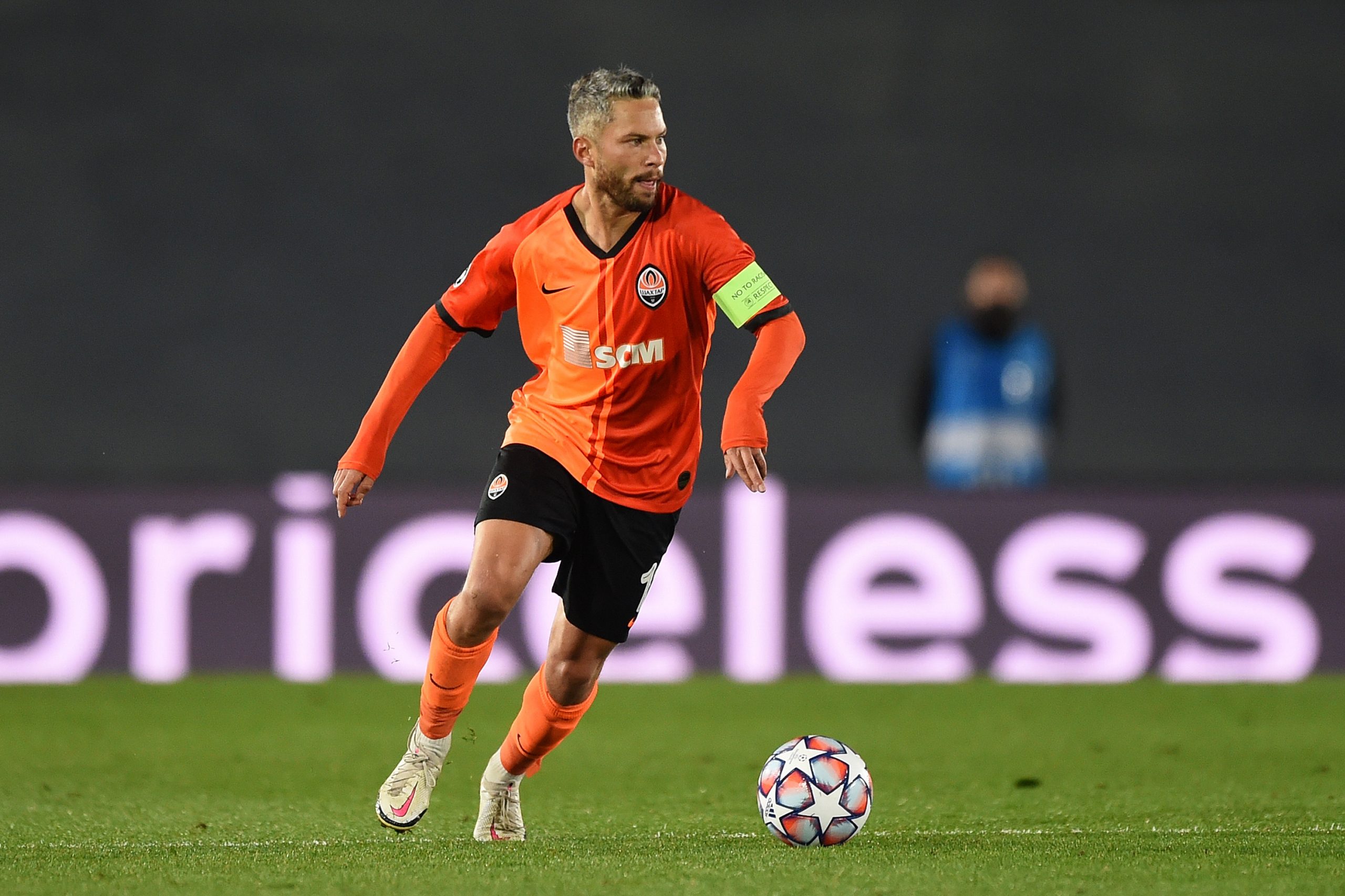
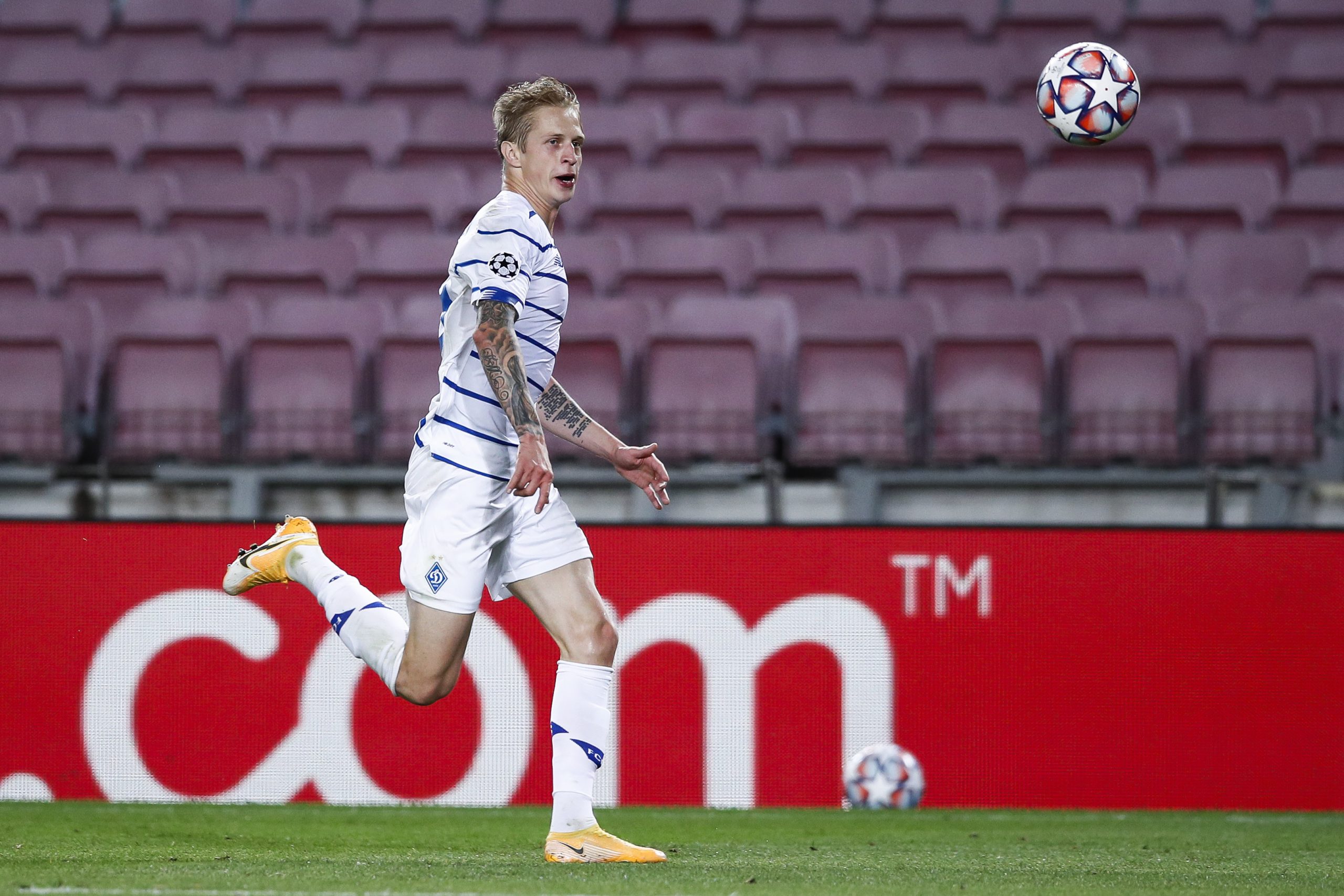
COMMENTS